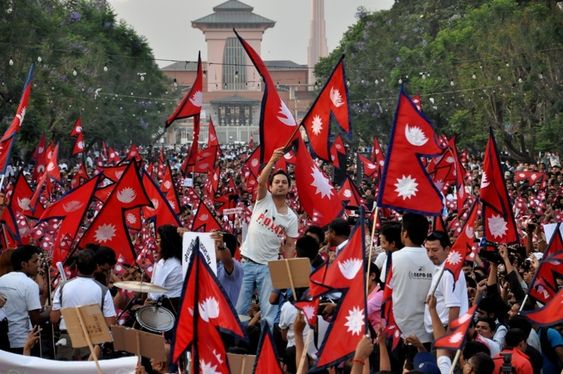

KATHMANDU: Nepal is observing the 19th ‘Loktantra Diwas’ (Democracy Day) today with events across the country honoring the martyrs who gave their lives for the cause of democracy and freedom.
This day commemorates two pivotal moments in Nepal’s democratic history: the reinstatement of the dissolved House of Representatives by then-King Gyanendra Shah on April 24, 2006, and the formal end of the monarchy just days later on April 28, 2006.
In a landmark announcement at the time, King Gyanendra declared, “Recognizing that the Nepali people are the source of state power and that sovereignty belongs to them, the House of Representatives is hereby reinstated in line with the public’s aspirations as expressed through the people’s movement.”
This came in the wake of a mass movement spearheaded by an alliance of seven political parties in cooperation with the then-insurgent Communist Party of Nepal (Maoist). Following the movement’s success, the reinstated House of Representatives convened on April 28, 2006.
Nepal’s democratic transition was further cemented with the promulgation of the Constitution in 2015 by a Constituent Assembly elected through two rounds of nationwide polls. The new constitution established Nepal as a federal democratic republic.
Since then, Nepal has embraced a federal system, holding regular elections at federal, provincial, and local levels. The move toward federalism aims to bring government services closer to the people, improve disaster response, and strengthen cooperation among the three levels of government. Over time, this system has started to show promising and effective outcomes.